The Flow – The Andrew Neethling Interview
We finally managed to slow down one of SA’s fastest DH riders ever, Andrew ‘Needles’ Neethling for a beer and a chat. Here’s what he has been up to…
Interview By Myles Kelsey // Photographs By Eric Palmer and kenophotography.com
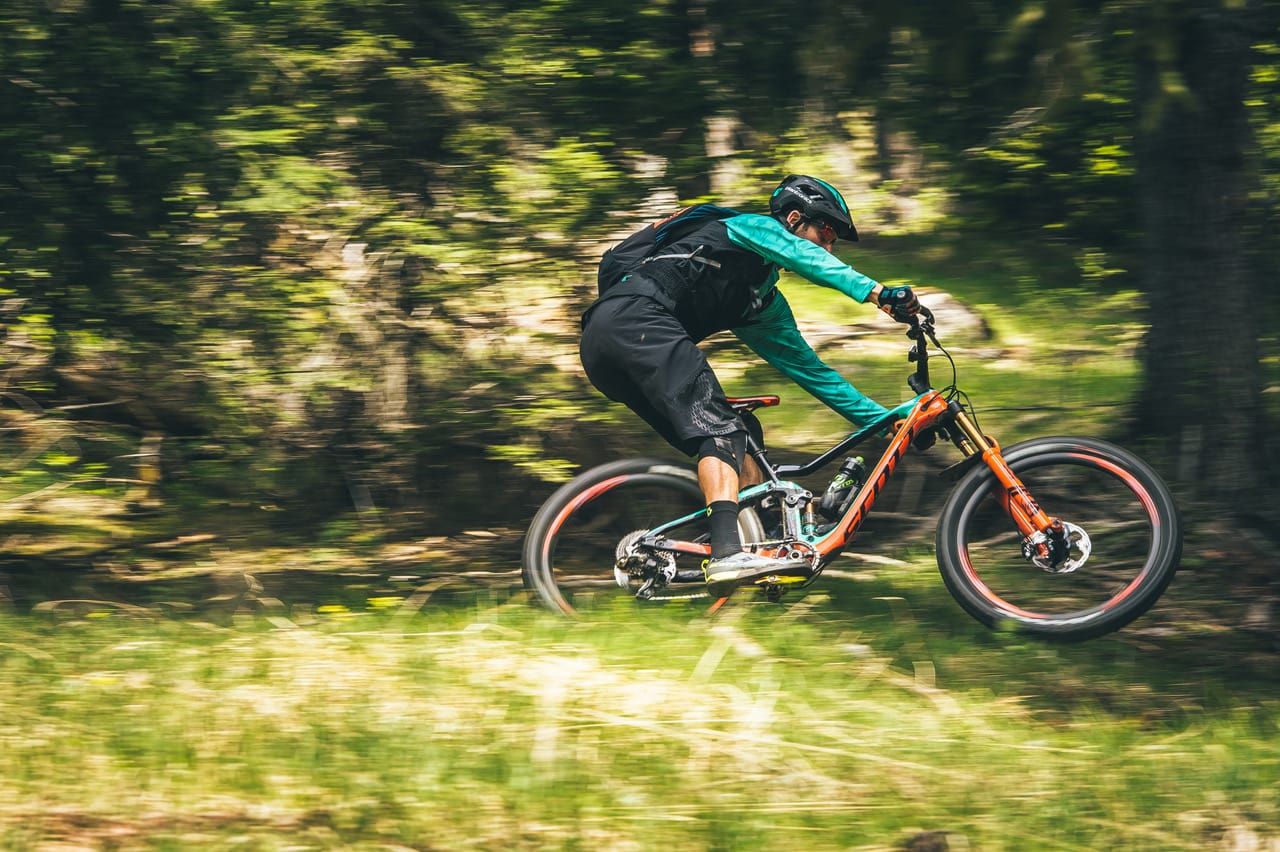
Myles Kelsey: After 14 years of racing mountain bike World Cups at the highest level, you stepped away and moved career paths for 2017 – what are you up to now and how has the new role change panned out for you?
Andrew Neethling: Well, up to quite a bit I guess. My new role is Trail Bike and Brand Ambassador for Scott. I really can’t complain. It has been great so far and I am very lucky to have this opportunity with them. They are great to work with. On top of this I joined the commentary team for Crankworx World Tour which is a new challenge and I really enjoy this… Oh and then there is the Bike Shop: THE HANGER BIKE CO. A bike shop is something which naturally came up right after I decided to retire and we secured the venue we had been looking at for a few years. I have partnered with my brother Jonty and Jan Van Schalkwyk who I also partner with joined to develop the Trails at Helderberg.
MH: Tell us a little more about being a brand ambassador – what kind of day-to-day stuff are you involved with and are you able to give feedback on product development too?
AN: My role includes going on content trips like the Chasing Trail videos they produce, bike launches, bike development and all round riding for them. Yes, it is definitely part of my role and I have always enjoyed trying to give feedback on the products I ride or race.
“At Mongoose, Giant and even Trek, I helped them a lot with revising the geometry, essentially to move away from the short and steep geometry.”
MK: Tell us about your physical fitness regime now that you are no longer a pro athlete – do you find yourself still needing to do a hard session every now and then to de-stress or have you just wound it all back significantly?
AN: Interesting that you ask. I have wound it back and really am enjoying not ‘having’ to do sessions or training but I still enjoy being fit. I still go to the gym and ride but it is not structured. It’s just so ingrained in me. I do feel guilty if I have not done some kind of exercise in a day. I am getting some real enjoyment out of my riding now. It’s not that it was not fun but some days you had to go out even if you weren’t feeling up to it – that was the job.
MK: Let’s chat a little more on the product development side of things – through your racing career, you raced for some really big bike brands: GT, Mongoose, Trek, Giant and this was in the earlier years when downhill bikes were undergoing a lot of changes. Talk to us a little about these different brands and your role as a bike racer for them but also the development of their product – what was your input in the development of some of those bikes, if any.
AN: I have been lucky to ride for some big brands and met some very cool and smart people inside of the bike industry. As a world cup racer these brands really do rely on pros to provide feedback and develop these bikes. It has a trickle down affect to their entire range. The general thinking is if a product can perform well on a World Cup stage then it can last and perform for every day riding too. At Mongoose, Giant and even Trek, I helped them a lot with revising the geometry, essentially to move away from the short and steep geometry. We grew the reach and slackened out the head angle. It was an exciting time as the sport was really changing quickly and we were in the middle of it. At Trek alongside Justin Leov, we worked closely on leverage ratios and from 2009 to 2010 went to a bike that would handle the rougher courses better. It was a real learning curve for me and I enjoyed it. In my later years at Giant, we worked on the 27.5 downhill bike and raced the prototype in 2014. The race team were the test riders really.
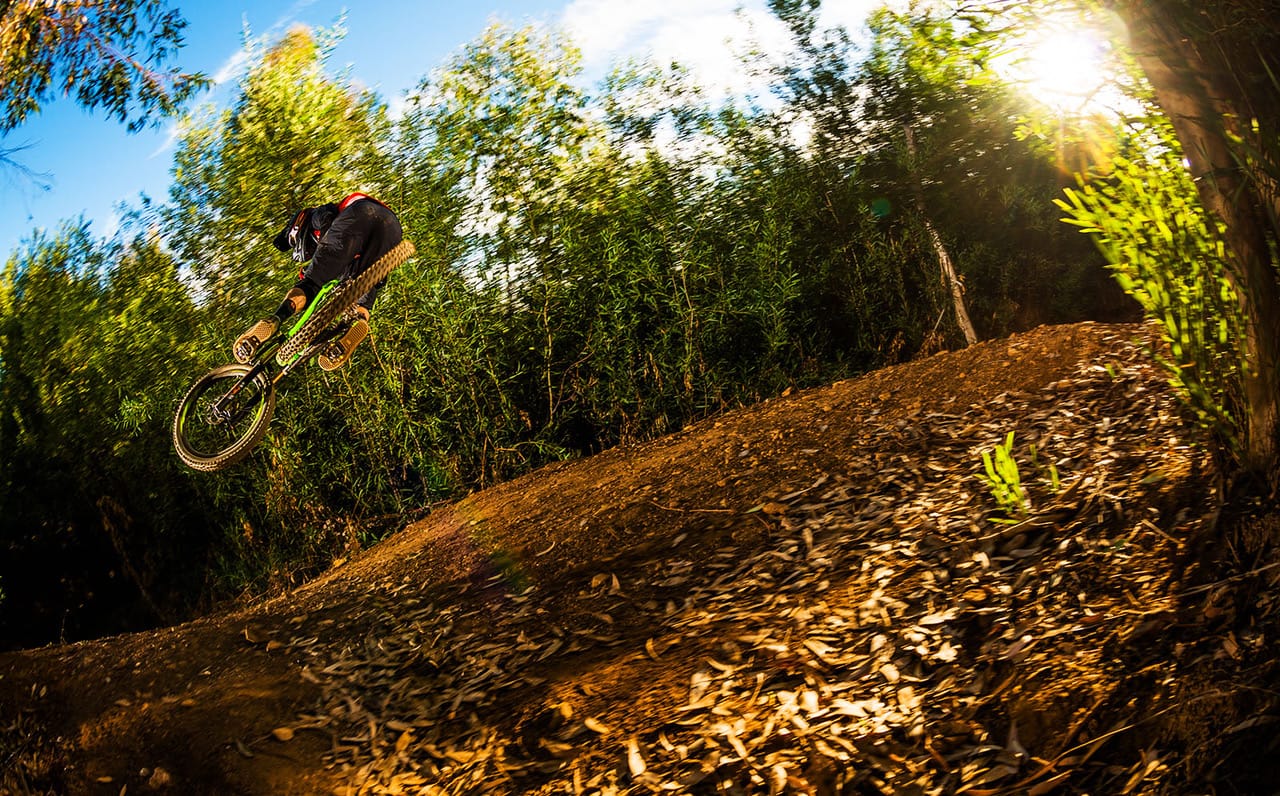
“Life after racing is maybe the biggest thing I have struggled with. Finding direction in my days and months is challenging.”
MK: Staying with bike development, from the perspective of you as a rider – where do you think the focus should be in the short term with trail, enduro and DH bikes. Is it tyre development, weight, sizing?
AN: Well, as we see in downhill it’s the wheel size debate all over again. To be honest I wish DH bikes would just stay at 27.5 size. I am all for development but I think 27.5 works well for pros and amateurs alike. A 29er DH bike will not be for everyone. For trail and Enduro we are at a really good place actually with product right now – there is a good mix available at retail. The geometry is good, and weight of modern day bikes is truly amazing right now and, as riders, we really can do quite incredible things on these bikes now as they are strong, light and reliable, not to mention fast! To answer your question fully, I would say consumer education is key right now. Consumers are so often making the wrong purchasing decisions. Basically, unless you are marathon or XC racer I think you should be on a 120mm or bigger bike. It’s more fun and safe and they climb so well.
MK: Back to the racing side of things. You were incredibly successful as a racer with many top 10 world cup placings, multiple SA Champ, African Continental Champ, Crankworks AIR DH winner, NORBA race winner and some world cup podium placings – do you miss the single-minded focus that racing at that level requires and tell us about the best part of being a MTB pro?
AN: Myles, I most certainly do. Life after racing is maybe the biggest thing I have struggled with. Finding direction in my days and months is challenging. I am not complaining. Previously, as a racer, I had one thing to worry about when I raced which was: how do I improve, get stronger and go faster on my bike? As a result I ate, breathed and slept with that on my mind!
There are many best parts to being a pro. I guess the most stand out is traveling the world, seeing new places and making lifelong friends while doing something you enjoy and getting paid for it. That part isn’t half bad!
“I had a real look at racing in 2017 but didn’t feel I could get on a program where I would be 100 per cent focused, which led me to thinking about the next stage and here we are.”
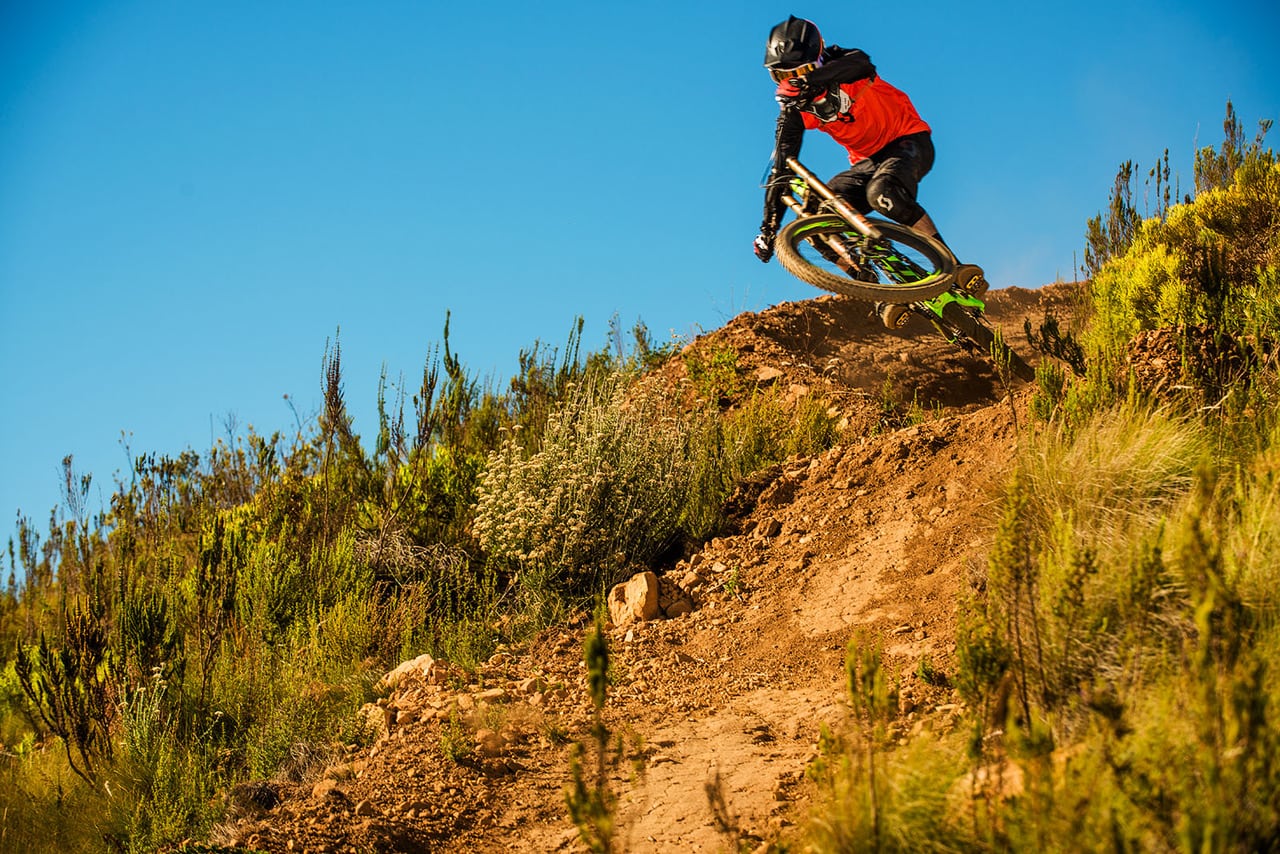
MK: After all this success on your international career and considering you still have age on your side why did you retire? I mean, the momentum and pace was right up there in your last year. Yes you had some mechanicals and an injury, but we all thought you would be at the top of your game and on podiums for at least five more years. And on the back of that do you have any regrets?
AN: It was never going to be an easy decision and it also was always going to come at some point. For downhill racing I am young and old at the same time. I had great success and felt that I was probably riding my best at age 30 I felt. That was 3 years ago. Then Giant decided to go in a different direction with the team and I didn’t get a renewed contract. I honestly was shocked when I found out and thought ‘wow this could end at any stage.’ I always knew it would but didn’t quite admit it.
Then, I got hired for Polygon UR and had a lot of motivation and great pace in my first few races in 2015 but luck didn’t go my way and some injuries held me back. The bad races really started to hurt and I was doubting myself. It became more of a relief to have a clean run or good race and the excitement of the overall experience was starting to wane. I had also travelled for almost 6 months away from home for 14 years which is demanding and it all came to the point where if I was not 100 per cent enjoying it all and on a team where I could be happy in that I knew I needed to hang up the boots. I had a real look at racing in 2017 but didn’t feel I could get on a program where I would be 100 per cent focused, which led me to thinking about the next stage and here we are. I am beyond excited to still be in the industry doing what I love and my goal now is to promote the sport and get more people riding.
However, I am always going to miss the racing side of things. Racing played a huge part in my life. No regrets no, but I do miss it.
In life one has got to trust your gut and race your race.
MK: So, in terms of racing, what is the hardest part of being a MTB pro?
AN: This is the part people don’t see. The living out of a bag for 6 months at a time. The stress and pressure to perform. The mental battle to overcome bad races, injuries and to keep motivated. The single-minded focus is not without sacrifices, particularly on family and friends. I would not have changed anything though. It really did teach me so much.
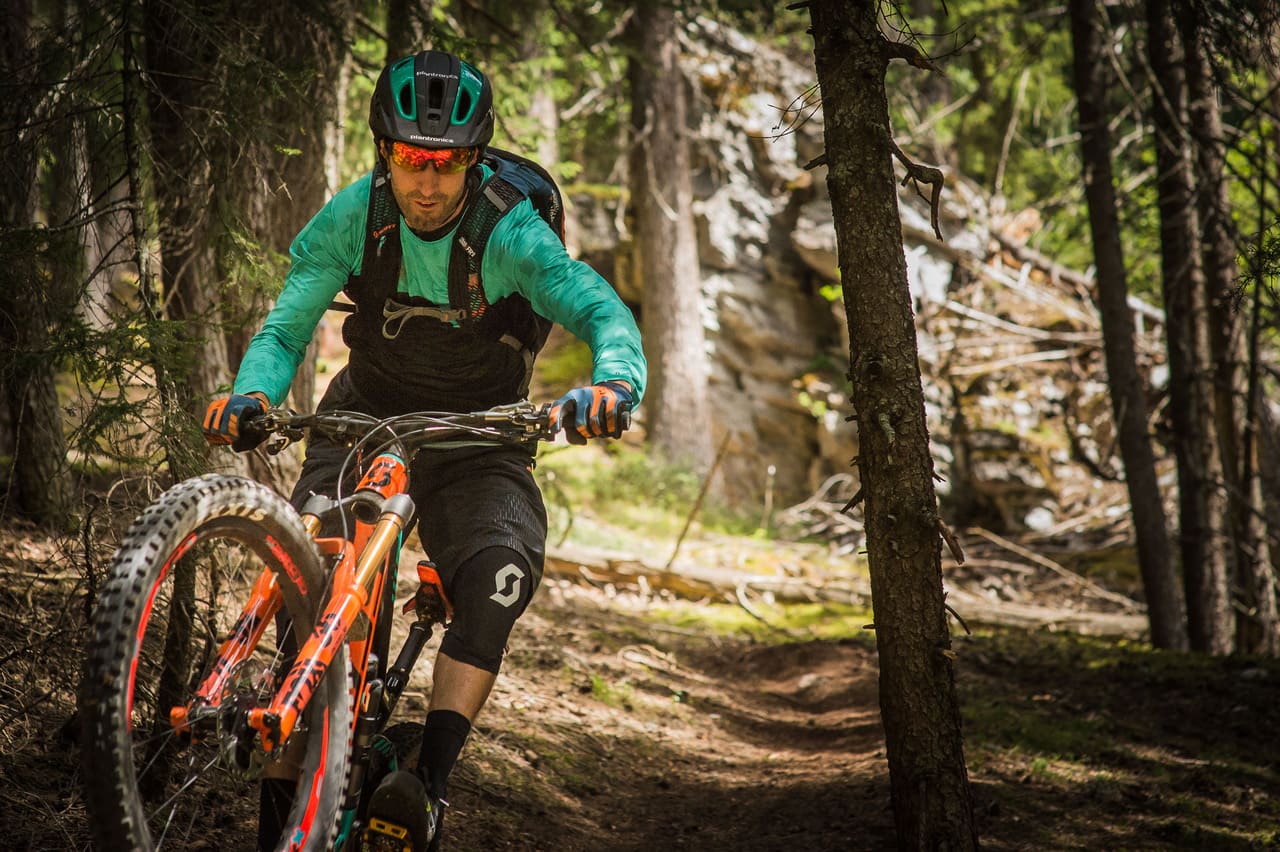
“If done correctly for the right rider, I think we will see more 29er riders on the circuit next year.”
MK: Have you given some thought to doing a couple races again or is that completely off the cards?
AN: It is always on my mind but once you have raced at the top level I find now I would still want to prepare properly and this adds stress. I am actually enjoying taking some time away from it. Its not to say I won’t in the future. Scott is supportive of me but racing is not part of my role. Perhaps in the future I would want to race for total fun and maybe in a year or more I will be mentally ready for that yes.
MK: Your take on the wheel size quandary that DH racing is currently going through – do you think a lot of teams are going to test in the off season and perhaps line up in 2018 on bigger-wheeled bikes? Does the bigger wheel size work for every DH racer, every track? Is Scott going in that direction for 2018?
AN: Yes, I do think a ton of teams got caught off-guard and will test in the off season. If done correctly for the right rider, I think we will see more 29er riders on the circuit next year. I don’t think it works for every rider or track which makes it interesting for the everyday rider. It’s pretty clear that 27.5 is still competitive or even the wheel size of choice to some, for DH. Scott is always testing but we can’t say at this time what direction they will go.
MK: Recently there has been a lot of innovation and product development at Scott with many of its models being redesigned around contemporary kinematics, lighter frames, revised geometry to accommodate 27+ and 29-inch wheels. What about that Gambler? Is there a new Gambler coming out?
AN: As I said, Scott is always testing and developing but at this stage I can’t say what they have planned for the Gambler.
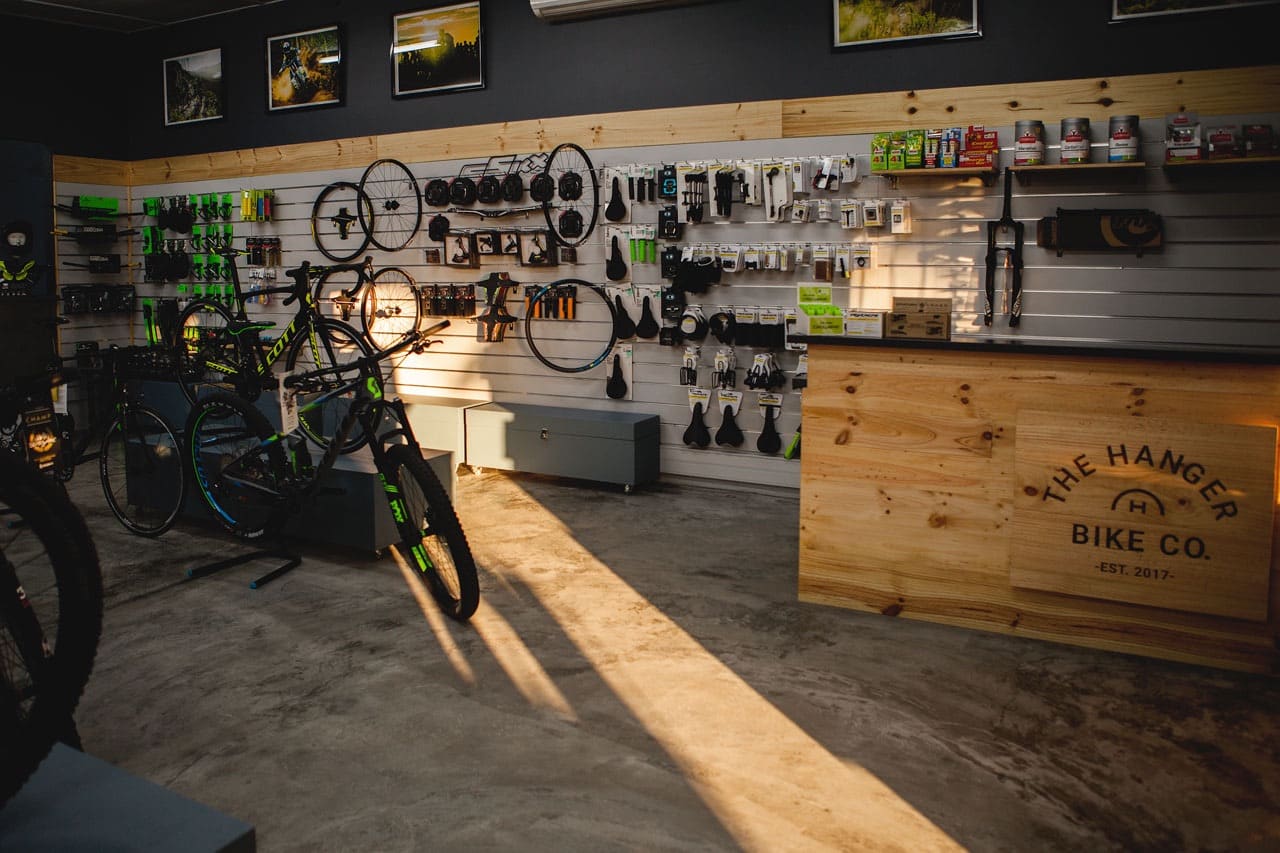
MK: You recently opened a bike shop in Somerset West, The Hanger Bike Co. That’s an interesting name for a bike shop… Is there any significance to the name at all and what kind of rider are you catering for there?
AN: As we know the derailleur hanger is an integral part to the bicycle and my late father Arno was such an integral part to our careers and SA cycling in general – helping to grow the sport. My dad’s other love was flying so the word ‘hanger’, as in airplane hanger, stuck with us and just seemed a fitting way to honour my dad who passed away in February. His loss is a huge and unexpected shock. We are a close family and in a weird way the shop is a place we all still feel as though we are together again, as one, united, – its surreal.
“In fact Myles, I have done a few sub-3 hour Argus Tours!”
The goal for the Hanger is to create a place for people to ‘hang out’ and share their passion for bikes. We are based in Somerset West on the R44 as you turn into Helderberg Trails so we are a trail centre as well. We are catering for all riders from road to MTB, enduro and downhill. We have assembled a team of people with vast industry and cycling experience across all the disciplines. We have demo bikes available to ride and are slowly building up a rental fleet too. Through the years I have spent a lot of time on my road bike and still enjoy it and am able to service the ‘roadie’ consumer too. In fact Myles, I have done a few sub-3 hour Argus Tours! Funny, my late father always claimed he had the fastest Argus time in the hous – I always teased that it was on the short route though!
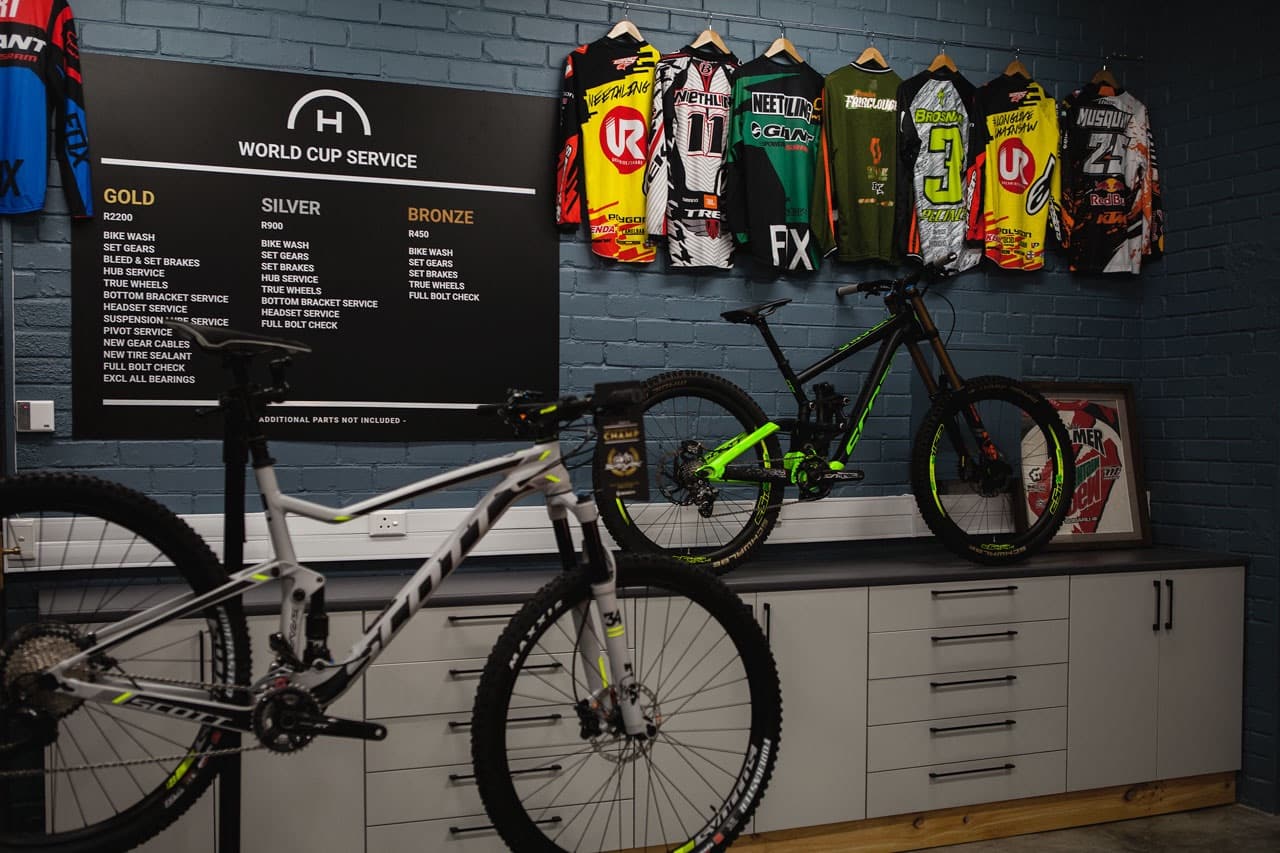
MK: That’s funny! Ok Needles, your three top tips for riders looking at getting into trail riding please?
AN: First off, know your limits and skill level. Don’t ride over your head. Start small and build up to more expert trails. We are starting to offer skills clinics and rides with our clients and it really enables them. Secondly, make sure your bike is set up correctly for the riding you are doing. And lastly wear protection. It is a fun sport but it can be dangerous.
MK: In all those years of racing and travelling what would be the 3 best trail/DH riding destinations you went to and would recommend to our audience?
AN: Whistler – without a doubt. It was a highlight every year. There are amazing trails for everyone and a great vibe. It’s the epicenter for downhill mountain biking.
Morzine in France. It was such an adventure there with 32 lifts linking different trails and even countries. The riding can be quite rough and raw too but there are trails suited for all riders as well.
Helderberg Trails right here in my home town South Africa. I loved coming home and having epic riding on my door step. We really have put it a ton of work and money into developing our Bike Park and to help grow the sport. Thanks to Jan for his hard work as well.
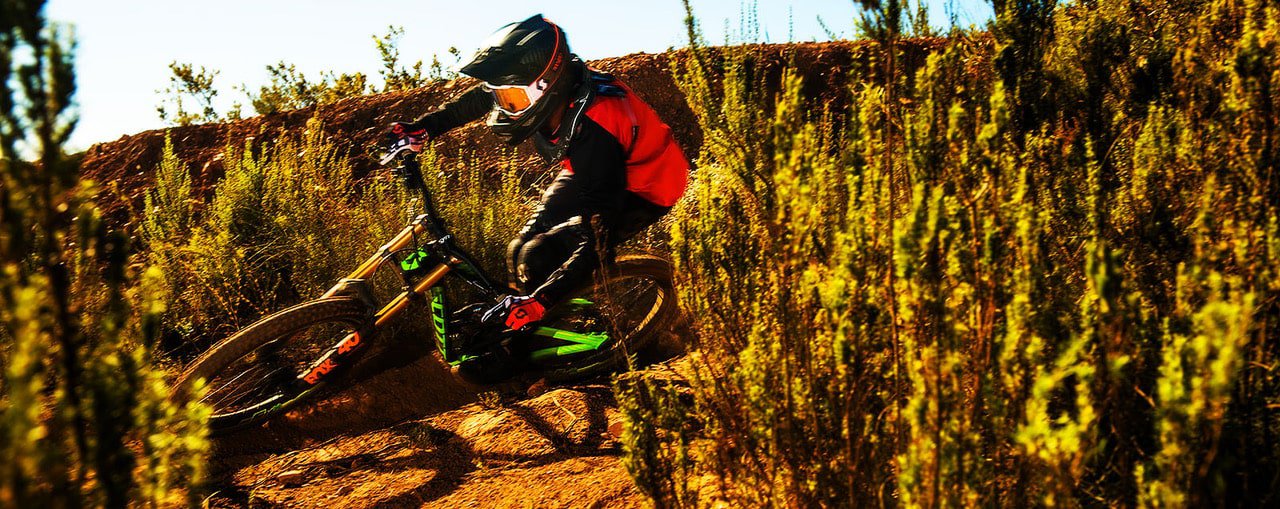
“It has been proven that you can come out of SA and make it. Don’t let the lack of big hills put you off.”
MK: Three common mistakes you see trail riders making?
AN: Using the wrong bike for their style and type of riding. Some attention to bike set up could really help improve their riding. Things like stems that are too long. Riding in over there head – too fast too soon.
MK: Any advice you would like to offer up-and-coming racers wanting to excel at enduro or DH racing on an international level?
AN: Experience. Experience. Experience. I was lucky enough to go overseas to Worlds at a young age and to get a taste for what it was like early on. Compete and ride in as many races as you can to gain race experience. Ride with faster riders whenever you can.
It has been proven that you can come out of SA and make it. Don’t let the lack of big hills put you off. Save up and try get overseas at an early age. Stay in school – keep your studies up as an education is most important.
——————————————————————————————
Myles Kelsey is a former masters downhill World Champ. When he’s not giving advice to those wanting to better their skills, you’ll find him shredding the trails of Cape Town’s Southern Suburbs – that’s if he’s not competing overseas. He knows he’s stuff so we suggest you listen to him.
READ MORE ON: Downhill featured Myles Kelsey news racing Skills the flow



